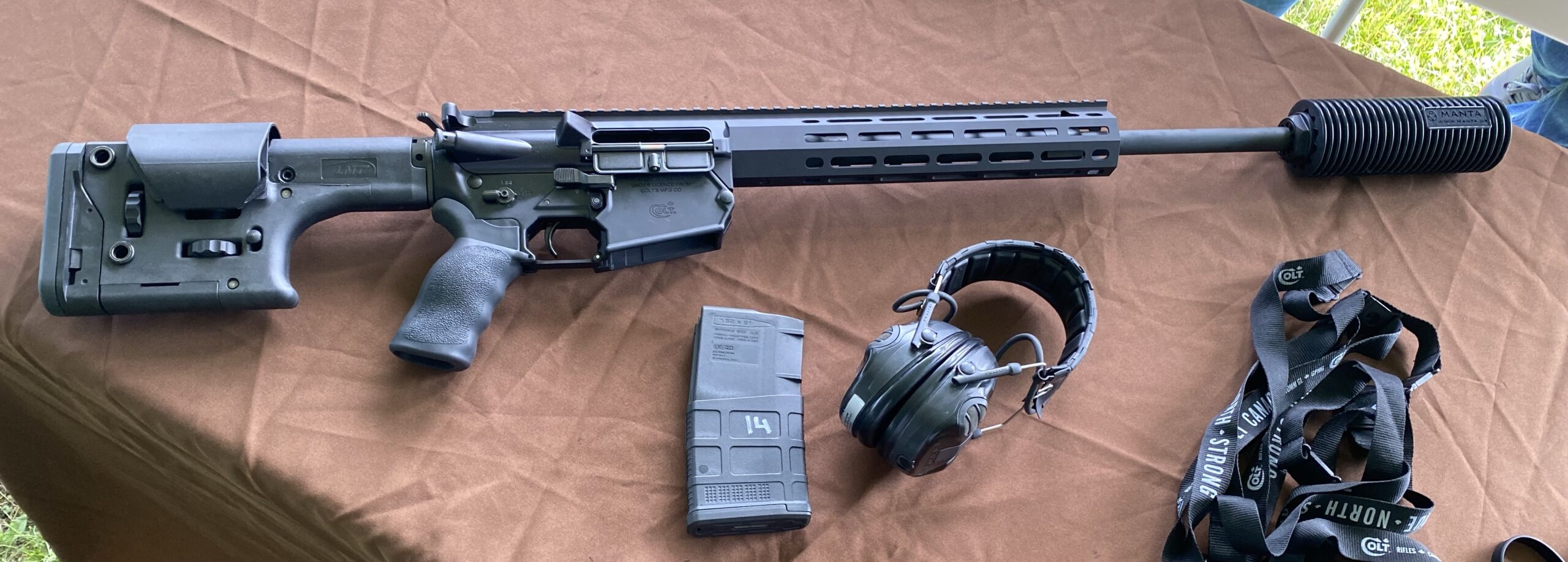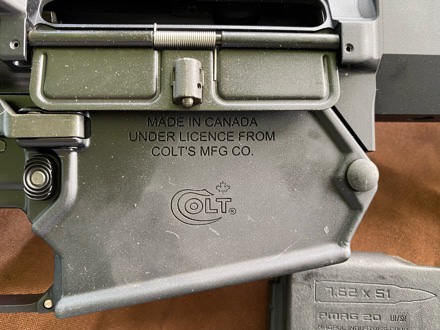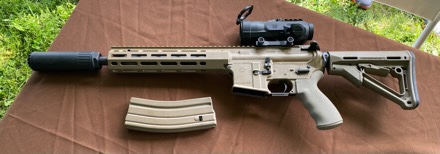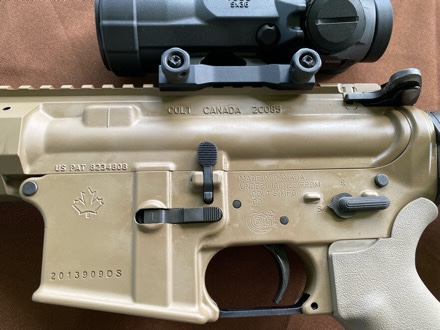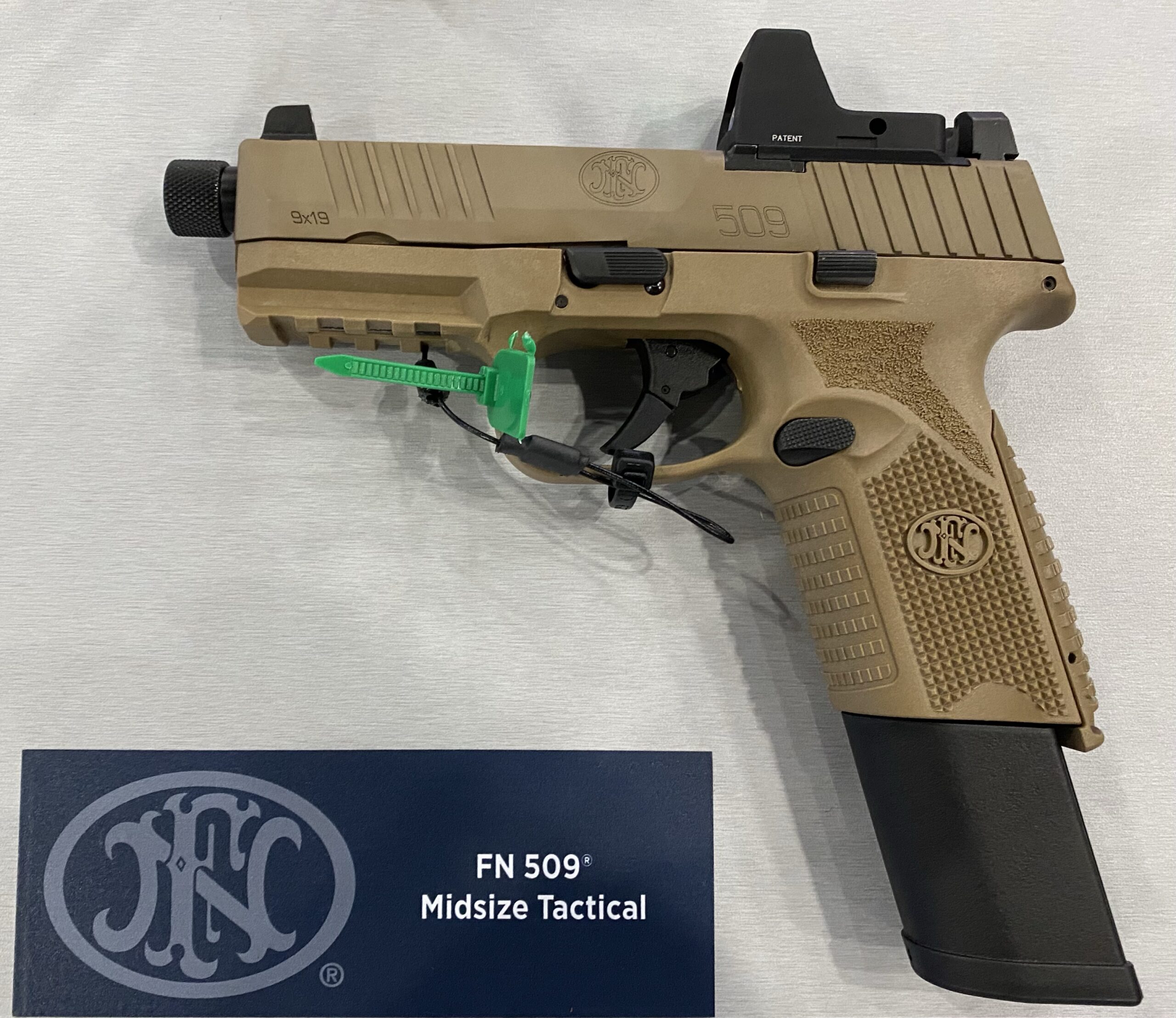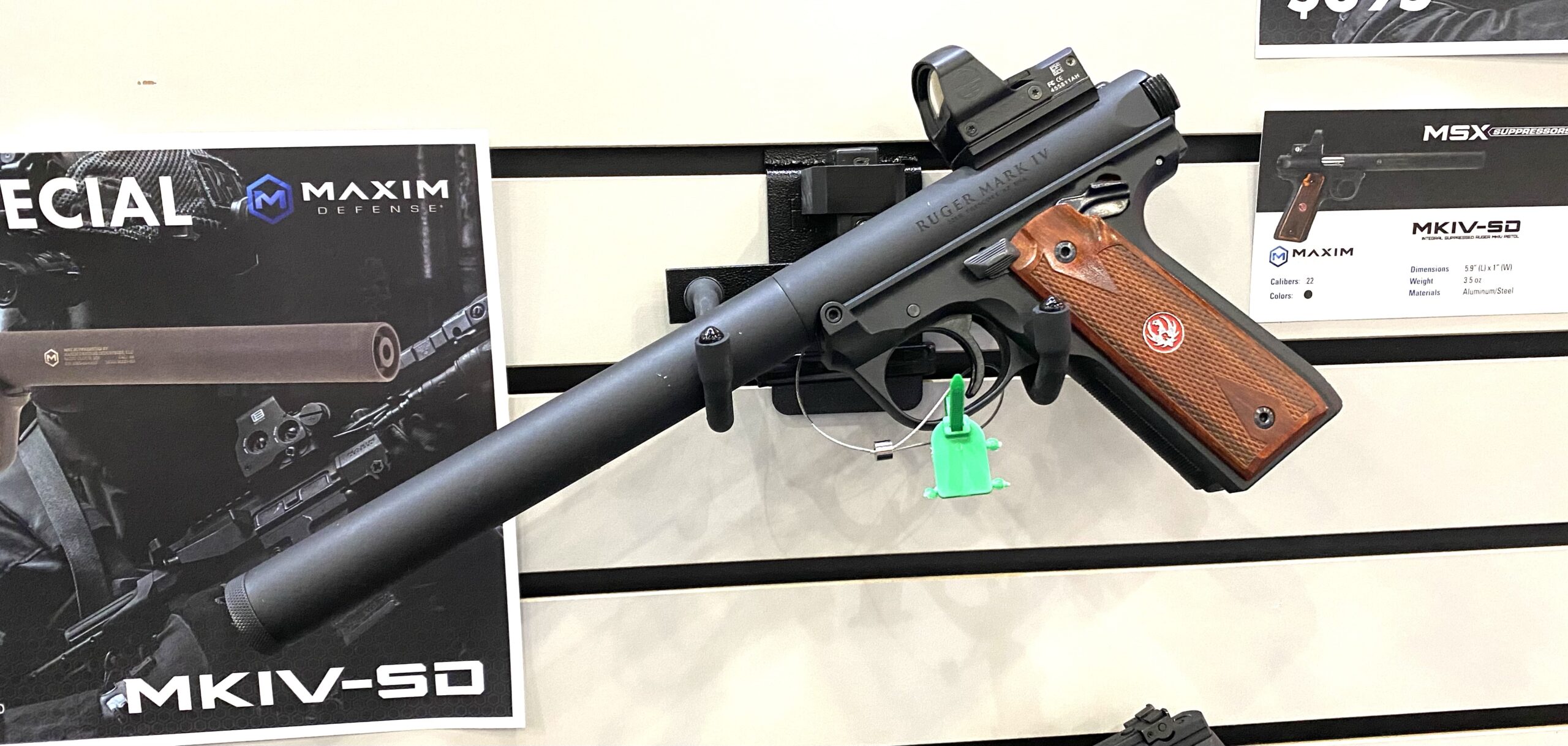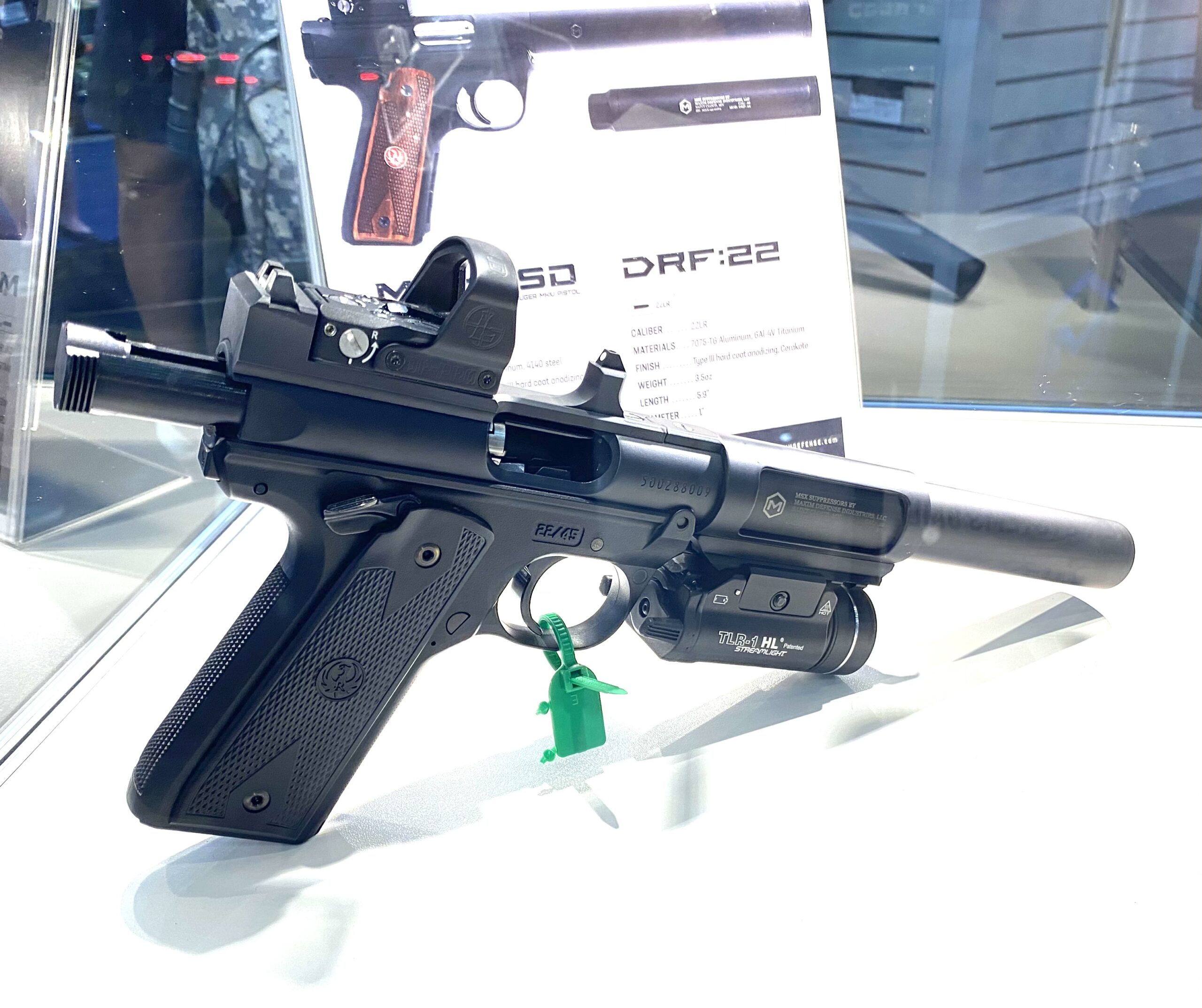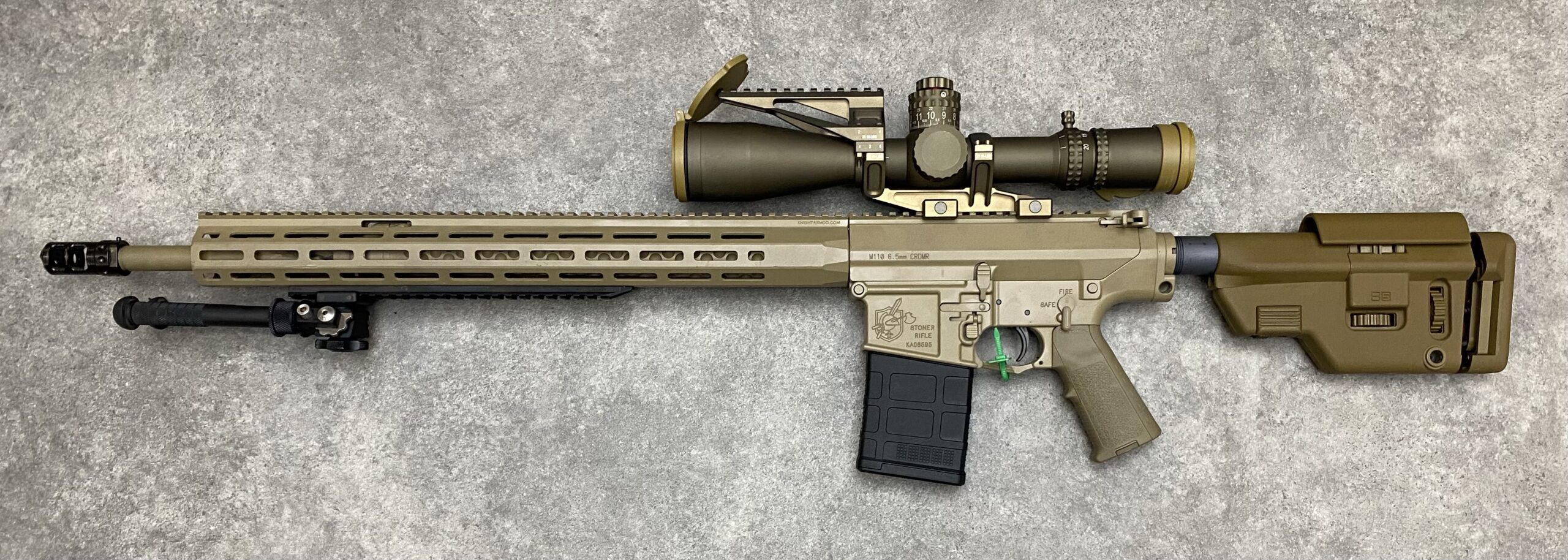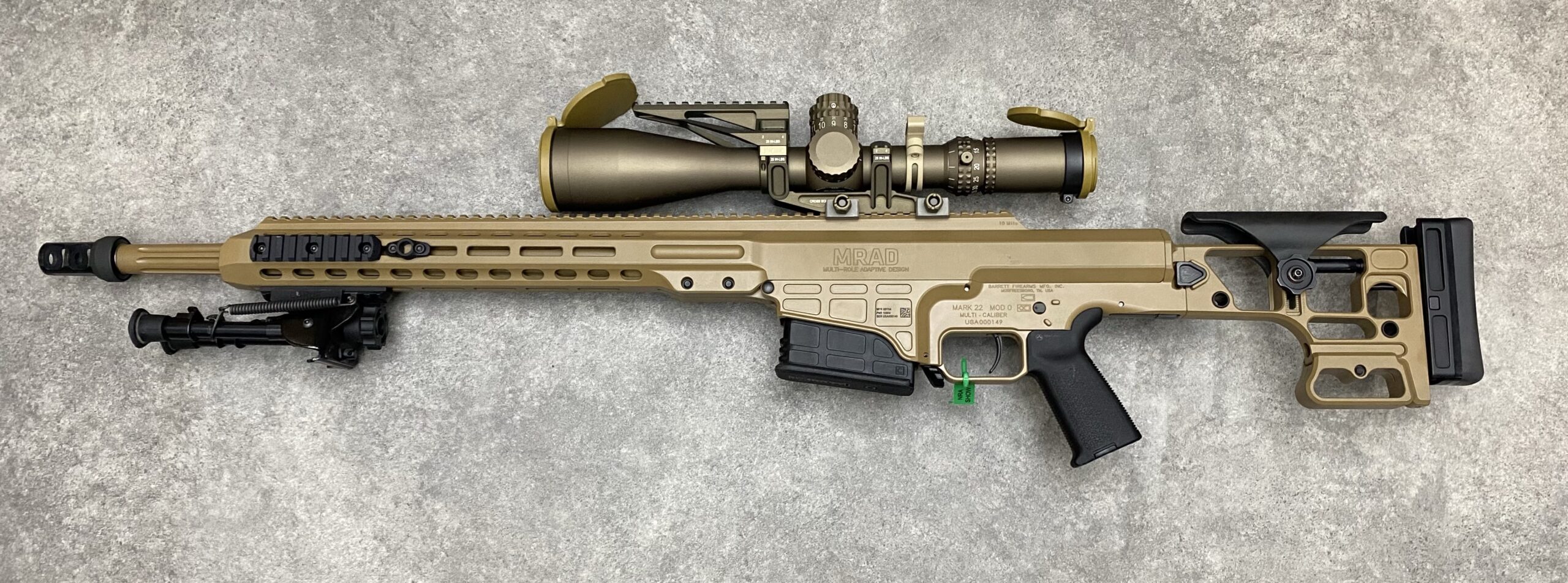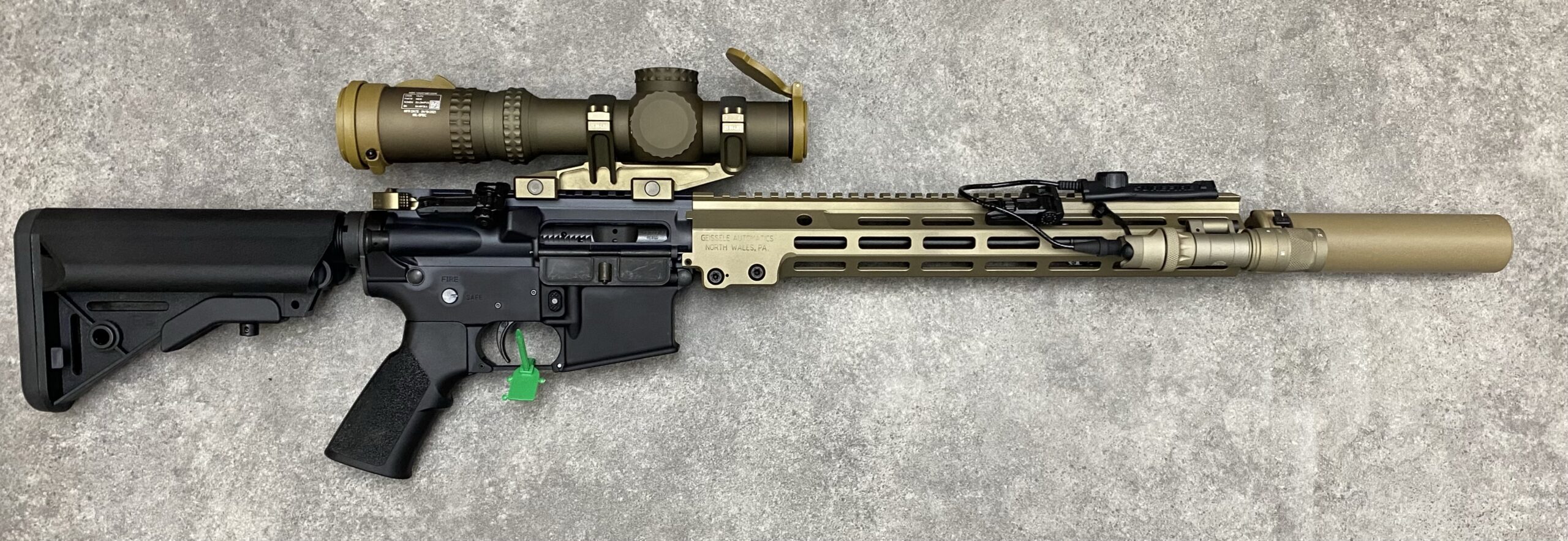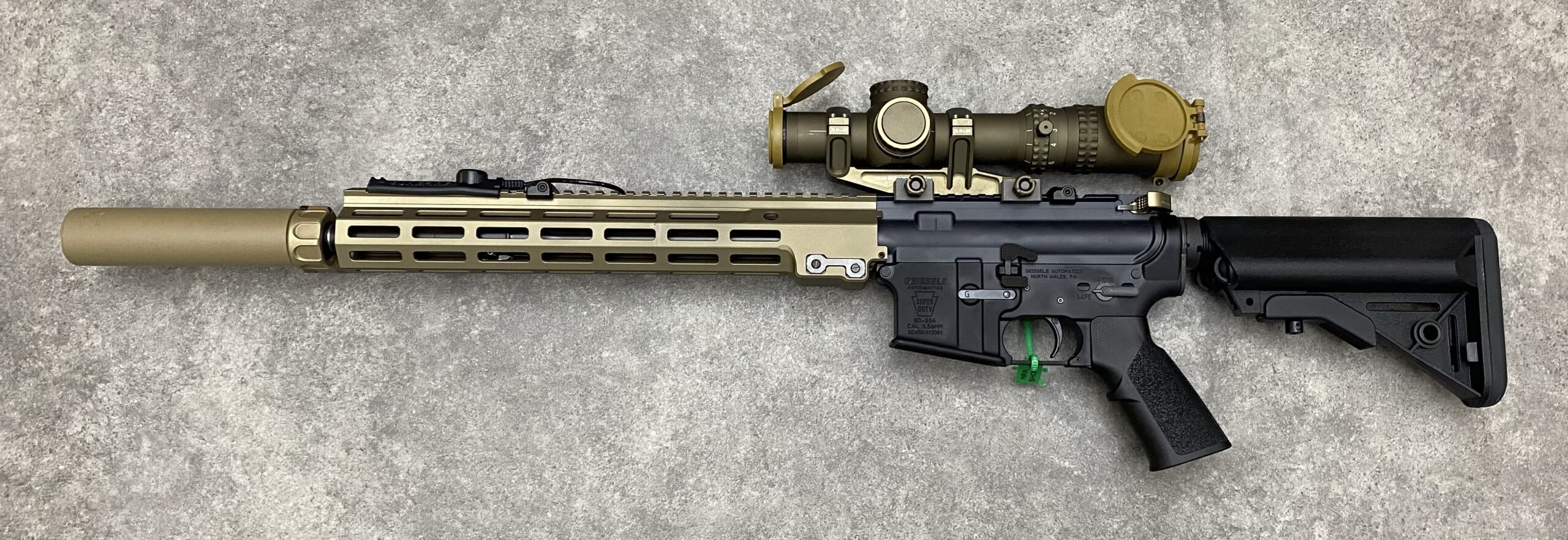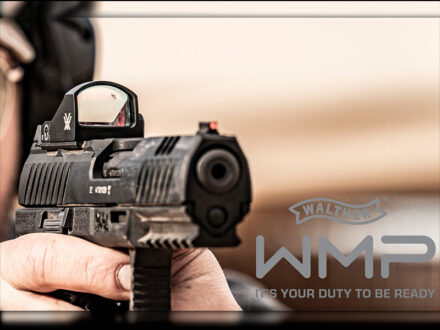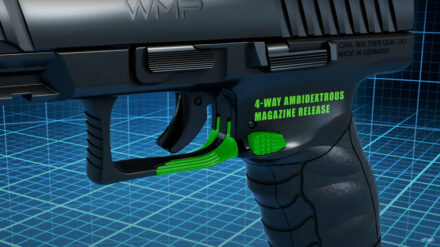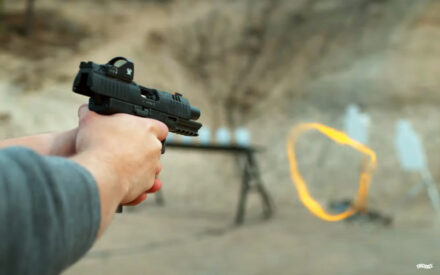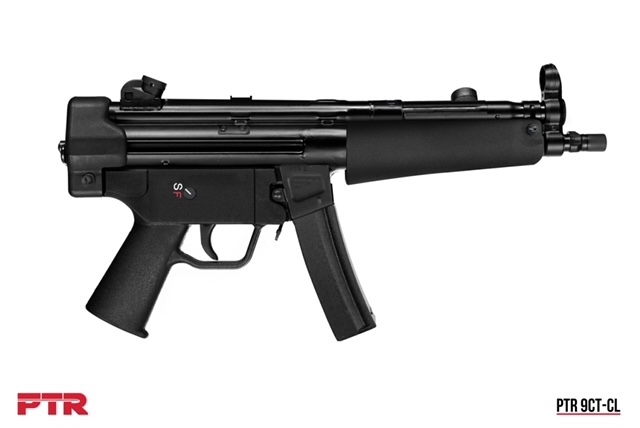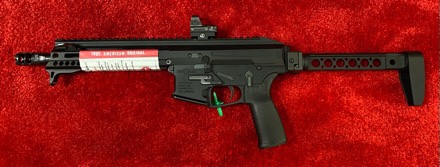St Cloud, MN – Maxim Defense, the premier manufacturer in PDW-stocks, braces and accessories is announcing the release of significant new products 2022.
Maxim Defense MD9™
Leading the way in new products for 2022 is the newly-developed MD9™. The MD9™ is available in in both SBR and Pistol formats. Inspired by the award winning PDX™, the NEW Maxim Defense MD9™ is designed to handle the fierce demands of the Tier-1 community and dominate in close quarter encounters without sacrificing energy on target and accuracy. Paired with either a Maxim Defense CQB stock or brace, the MD9™ is a game changer.
Caliber: 9mm (9x19mm)
Barrel Length: 5.8”
Colors: Black, Arid, Urban Grey
Overall Length: 20”(collapsed)
Weight (empty): 6.1lbs
Muzzle Device: Maxim Defense Hate Brake
Stock or Brace: Available in our CQB stock or CQB brace
Trigger: ALG Combat Trigger
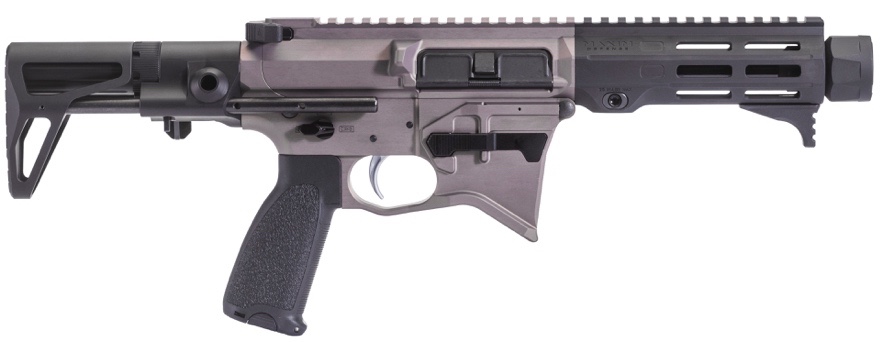
Maxim Defense DSX-D Suppressor
The MSX suppressor line by Maxim Defense is specifically designed to minimize the increase in cyclic rate and gas blowback of a suppressed weapon system. Primary design features include the significant reduction of sound signature, decreasing flash signature, reduction of recoil and increase in accuracy. Duty built for the world’s most rigorous demands, this suppressor is designed to be the most robust and strongest suppressor in category. It has been repeatably tested with SOCOM tables across a variety of calibers and barrel lengths, down to 5.5” 5.56 NATO with M855 ball ammunition and has survived with no damage or significant changed in sound reduction. This suppressor is approved to be used on our PDX™.
Calibers: 5.56mm, 7.62mm, 6.5mm
Colors: Black, Arid, and Urban Grey
Diameter: 1.75” [44.45mm] outer diameter
Weight: 21 oz [595.3g]
Length: 7.9” [200.7mm] overall length
Finish: Cerakote, DLC (Diamond-like coating)
Thread Pitch: ½-28 thread mount for 5.56; 5/8-24 thread mount for 7.62 & 6.5 calibers
Duty Suppressor System – Direct Threads

Maxim Defense DRF .22 Suppressor
The Maxim Defense DRF suppressor is specifically designed to minimize the increase in cyclic rate and gas blowback of a suppressed weapon system. Primary design features include the significant reduction of sound signature, decreasing flash signature, reduction of recoil and increase in accuracy.
Calibers: .22LR, .22MAG, .17HMR
Color: Black
Diameter: 1.0” [25.4mm] outer diameter
Weight: 3.5 oz [99.2g]
Length: 5.9” [149.9mm]
Finish: Type III MIL-SPEC hard coat anodizing, DLC
Thread Pitch: ½-28
Direct thread, Rimfire suppressor
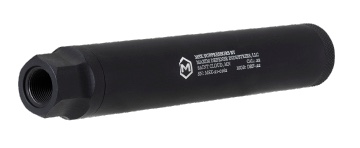
Maxim Ammunition Frangible Ammo
Newly released for 2022, our Maxim Ammunition Frangible Ammo has been specifically designed with home defense and tactical training in mind. Compatible for use with our newly released suppressors, our frangible ammo is some of the most consistent and accurate in the industry. Loaded at Red Mountain Arsenal, LLC, this ammunition is green compliant and safe for use in California.
Calibers: 9mm (9x19mm), 5.56x45mm
Projectile Type: Frangible
Projectile Weight: 9mm: 90gr, 5.56: 40gr
Cartridge Overall Length: 9mm: 1.139”, 5.56: 2.24”
Nominal Muzzle Velocity (MO): 9mm: 1308 ft/s, 5.56: 3380ft/s

To learn more about Maxim Defense, please visit us at www.maximdefense.com.
